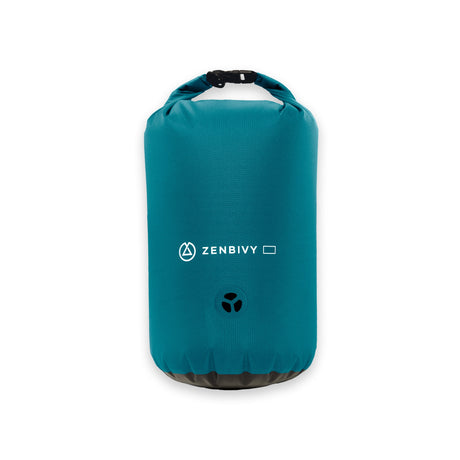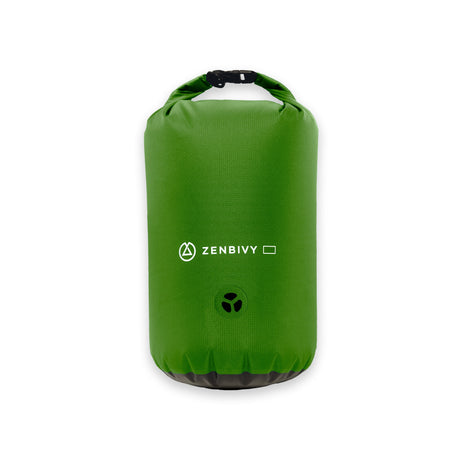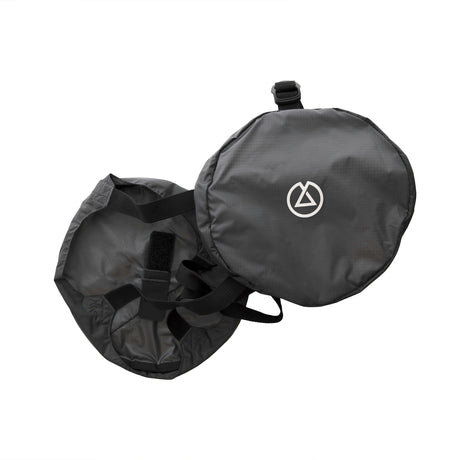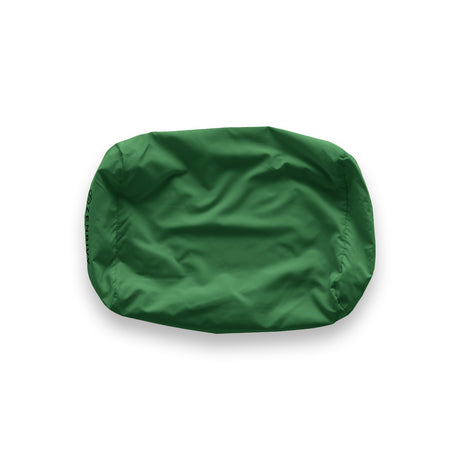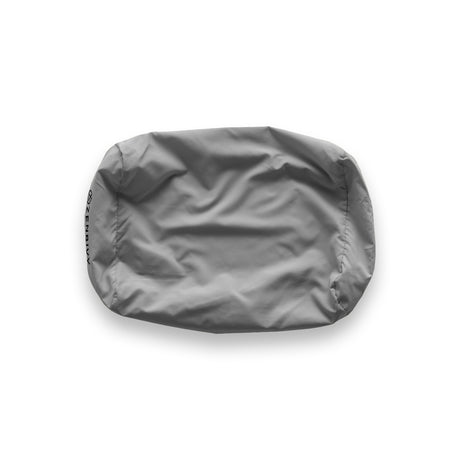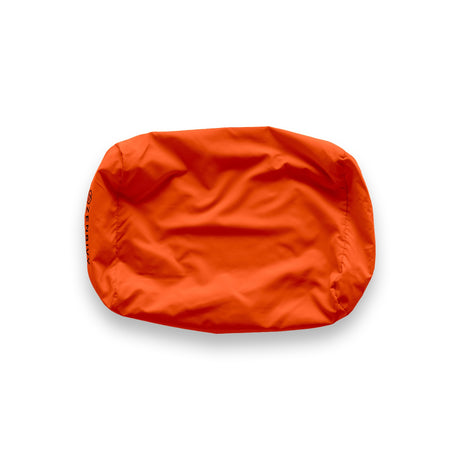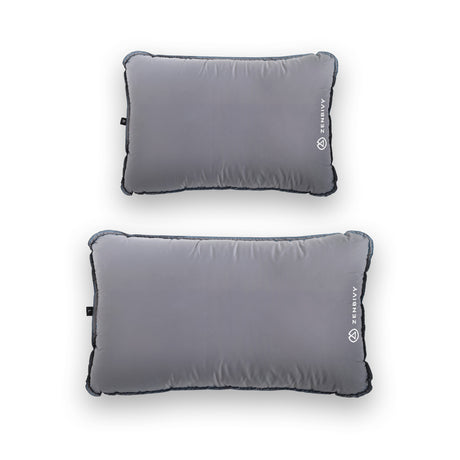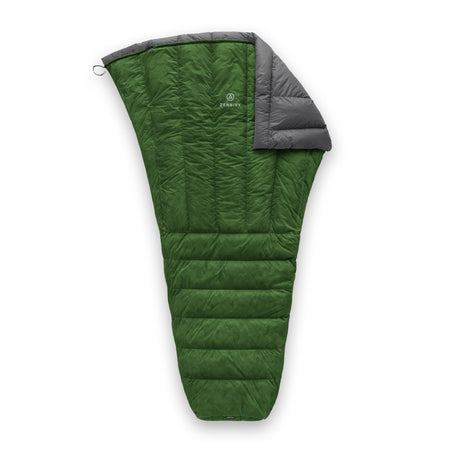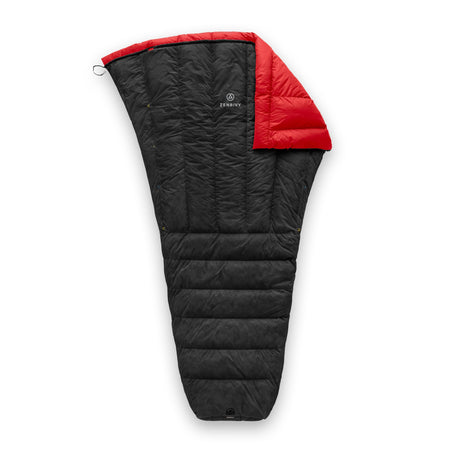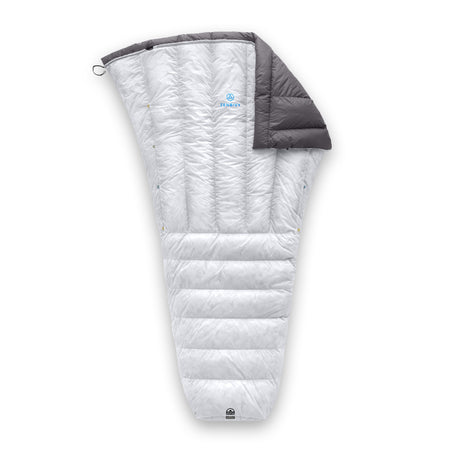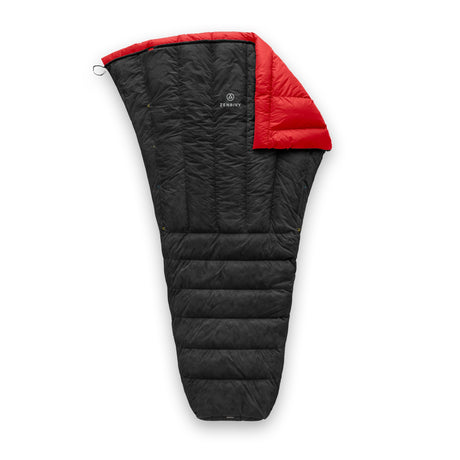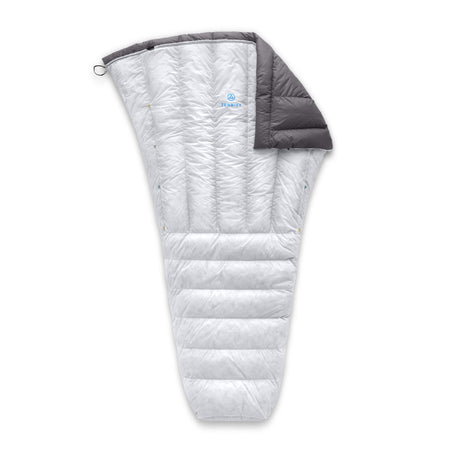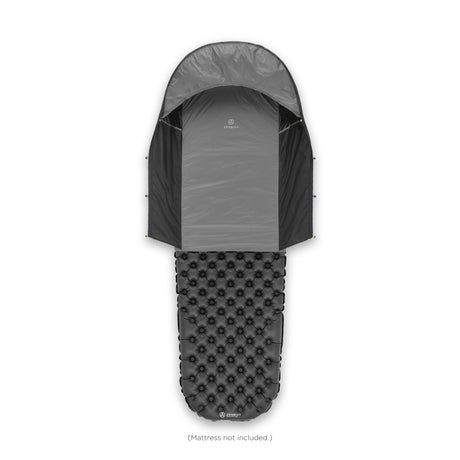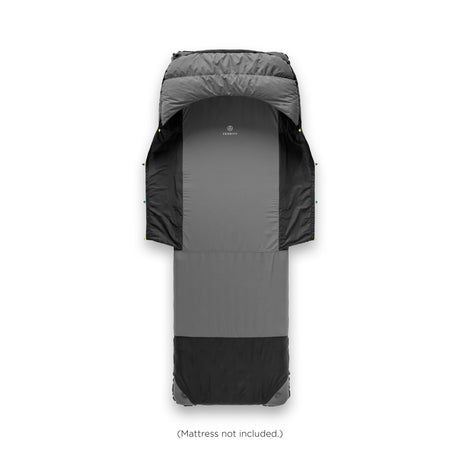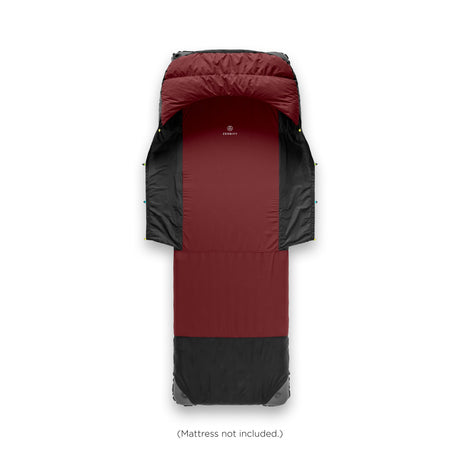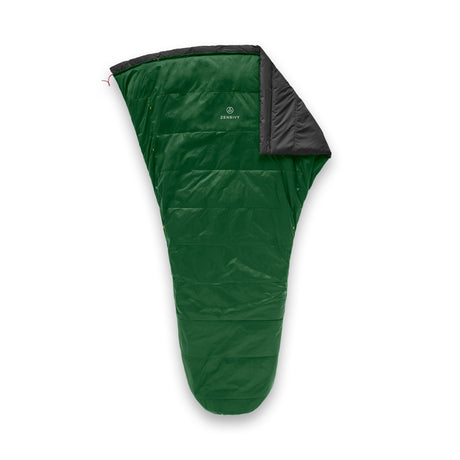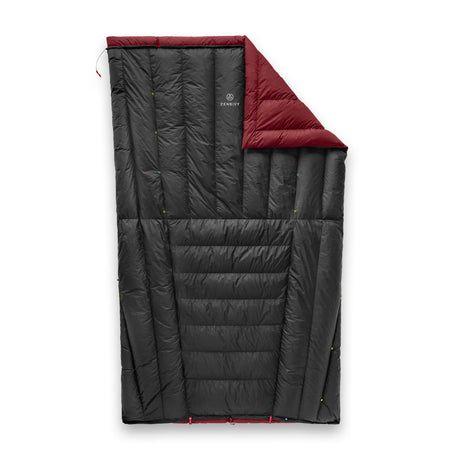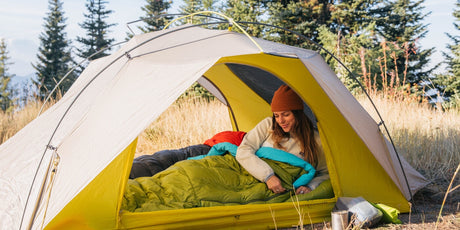Reflections on Outdoor Equity Along the PCT
Written by McKayla Bull
“Why is the outdoors so… homogenous?”
The question plagued me more and more with every passing mile as I hiked the Northern California section of the Pacific Crest Trail. Everyone I met was lovely, generous, and emanated safety, but it was jarringly apparent that the demographics of thru-hikers inaccurately represents the state the trail runs through.
One of my favorite things about California is its diversity: it has the highest percentage of bilingual/multilingual speakers and it is the most racially-diverse state in the nation (Wallethub, 2025).
Along the trail, I met tons of European hikers, from France, England, Germany, Czech Republic, Croatia. There was also a solid percentage of Australians and New Zealanders. I deeply enjoyed meeting people from all over the world (it was a highlight of the whole experience), but it left me wondering: why doesn’t the PCT reflect the diversity of this state, or this country?
I won’t claim to have any answers. I won’t tell you I am an expert on the topic. I am not. I do, however, care about wellness and would love to help get people OUTSIDE! I can only give my personal reflection and observations of being an able-bodied woman working, living, and recreating in the outdoors. So, let’s start by simply defining outdoor equity:
“Outdoor equity” refers to fairness in access to outdoor spaces (parks, trails, forests, etc.), including who gets to use them, who feels welcome, and who benefits. It considers systemic barriers — geographic, economic, cultural, racial — that result in some groups being underrepresented in outdoor recreation.
Looking at the beginning of the U.S. National Parks system, we first see that these parks were only created after the forcible removal of Native American peoples. The parks were wrongly framed as “untouched wildlife” - as if Native Americans had not been talented stewards of this land for generations upon generations. Later, during the dark Jim Crow era, African-Americans were either entirely banned from entering the National Parks or they were confined to segregated areas (from the article, “Managing National Parks in a Multucultural Society: Searching for a Common Ground”). I imagine these legacies of exclusion don’t just vanish with time; they continue to shape how people view outdoor spaces and who feels welcome in them.
As I posted pictures of my trip, my close friend messaged me and asked: “where are my fellow black people?” Valid question.
I felt the discussed absence, differently, but clearly one day when I finally met someone I could speak Spanish with. He was from Spain, a short king who moved like lightning swiftly over the rocky, dusty trail. I practically jogged behind Mr. Calves-of-Steel, trying to keep pace directly behind him as we chatted en español for nearly an hour.
My Spanish is far from perfect — I’m conversational at best, a gringa still learning — but a smile stretched across his once expressionless face as he told me it was the “best Spanish he had heard on the entire trail.”
“The ENTIRE trail?!” I was flabbergasted.
You mean to tell me he’d been out here for two months, walking through (almost) the length of California, without meeting ONE native Spanish speaker? In a place where the language is deeply woven into daily life, with almost 30% of the state’s population speaking Spanish?
This single qualitative experience I had on the trail is similarly seen in the statistics of those who visit the U.S. National Parks: in 2022, about 93% of surveyed park visitors were white (National Park Service, 2022). This stark majority, in a country where communities of color now make up nearly 40% of the population.
These numbers are not happenstance. Again, I won’t claim to have answers, but I know wild spaces don’t inherently exclude anyone — but rather it’s the systems, infrastructures, cultures around them that often do.
This ABC article reports cost and transportation as top reasons Black and Hispanic Americans cited for not visiting parks more often. Twice as many Black and Hispanic respondents said they “don’t know what to do” in national parks compared to whites. There’s also the issue of feeling ‘out of place.’ Many people of color report facing assumptions, stereotyping, or racial profiling in natural spaces - things that white visitors rarely confront. The article also describes how some Black hikers with disabilities carry extra burden: for example, one advocate said she steps aside so that others can pass, in order to avoid confrontation - a micro-adjustment rooted in living with hyper-visibility in white spaces.
As I continue to walk, I ruminate on equity in the outdoors. Each sunrise over a pass, each stretch of mountain ridges brings new wonder, but it also begs the question: who has access to these beautiful spaces? I notice trailheads echoing only English signage, only notating European Settler history. I meet Park Rangers in uniforms that resemble law enforcement. I wonder how these factors, and others, could feel alienating or even threatening to immigrants or communities with fraught relationships to policing.
And so, with all this, I provide no answers, but I simply pose a question. For those of us that enjoy the great backcountry – how can we make hiking, wilderness, national parks, truly belong to all of us?



